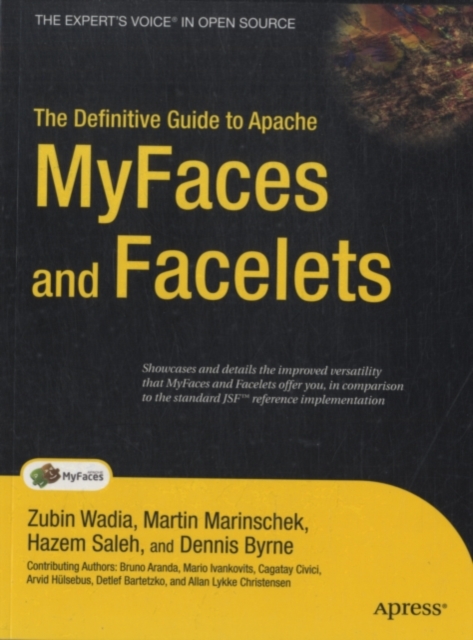
The Definitive Guide to Apache MyFaces and Facelets PDF
by Martin Marinschek, Zubin Wadia, Hazem Saleh, Dennis Byrne
Description
In the four years that the Sun, IBM, and MyFaces implementations have been ava- able, the MyFaces project has arguably been the front-runner when it comes to in- vation and dexterity.
It also is the most responsive to user issues and has a vibrant community that ensures progression (you can always find free support on the mailing lists).
With JavaServer Faces (JSF) 2.0 around the corner, preparation is already under way as the committers quickly review the early access draft and plan for MyFaces 2.0.
This "anarchic collaboration," a term coined by Roy Fielding, is the essence of the Apache MyFaces project: many talented people share information with a single-minded objective to make JSF a pleasurable developer experience for all.
The Tomahawk, Tri- dad, Tobago, Orchestra, and MyFaces implementations have been downloaded over a million times.
Before the Sun JSF 1.2 implementation was released, we could safely say the MyFaces implementation was the only reliable way to build production JSF appli- tions.
Even today, many developers are happy with simply using MyFaces 1.1.x and Facelets to form a potent combination.
This book assumes you are interested in JSF and component-oriented development.
Information
-
Download - Immediately Available
- Format:PDF
- Publisher:Apress
- Publication Date:04/11/2008
- Category:
- ISBN:9781430203445
Information
-
Download - Immediately Available
- Format:PDF
- Publisher:Apress
- Publication Date:04/11/2008
- Category:
- ISBN:9781430203445






